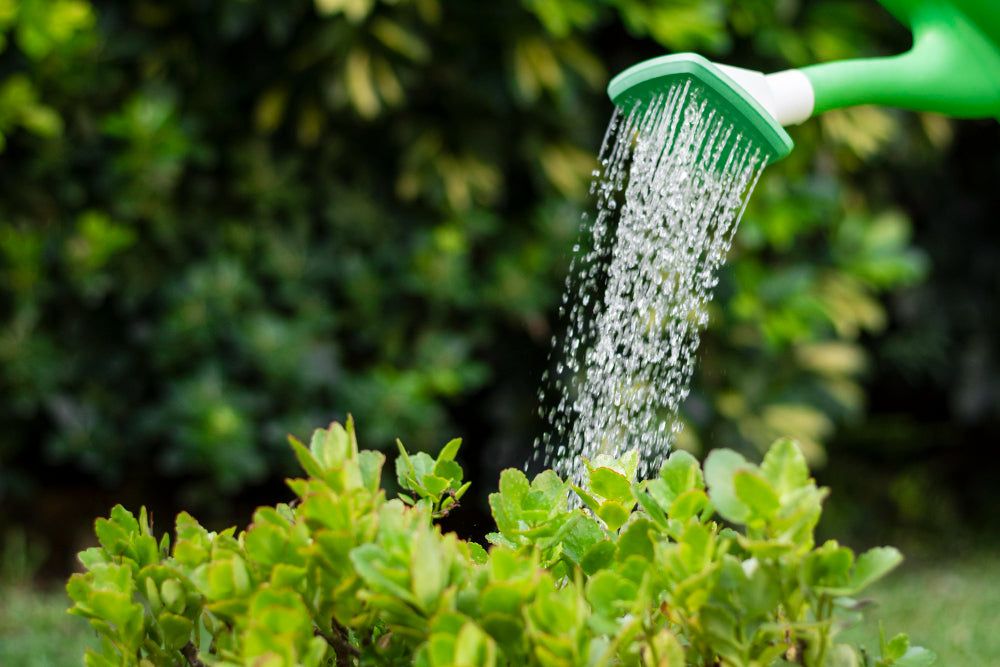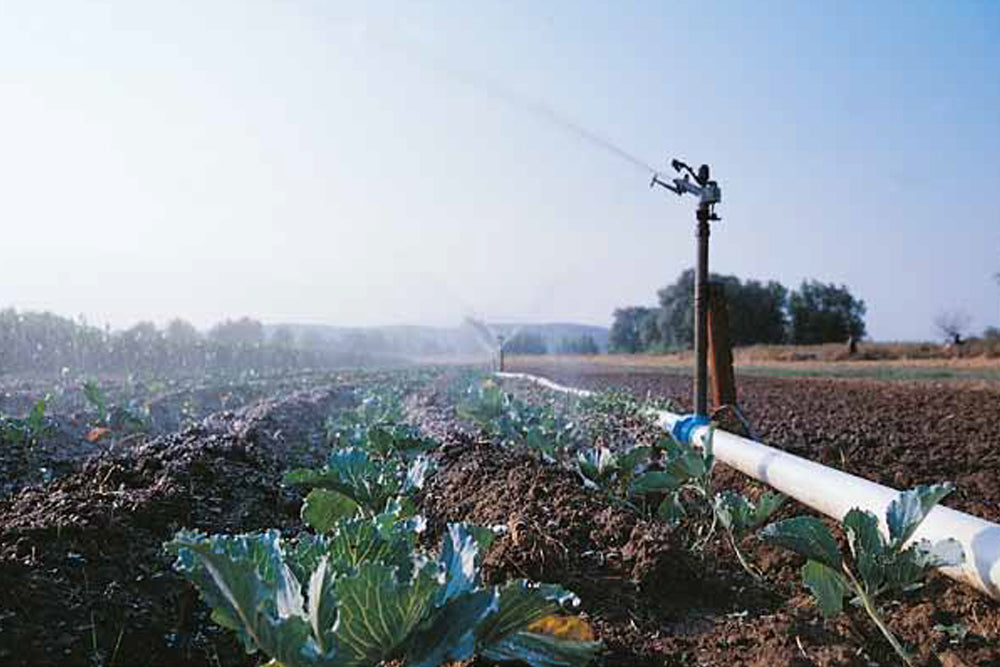Traditional Flood Irrigation

Of the two main types of irrigation methods, flood irrigation – or surface irrigation – is the oldest and is still the most common form of irrigation in many parts of the world.
Flood irrigation has unique procedures that need to be followed in order to maintain the system while it is being used and to preserve the system for the next cultivation season.
Traditional flood irrigation
Why flood irrigate
Flood irrigation sees water delivered to the field by means of a ditch or pipes. The water is then released to flow freely over the land and through the crops. About half of the water applied to the field actually irrigates the crops, and the other half is lost through evaporation, runoff, transpiration, weeds, and infiltration of uncultivated areas. The efficiency of flood irrigation is therefore not very high and because of this, it is primarily used in areas where there is an abundance of water. It is also used in areas where the farmer cannot afford a pressurised irrigation system and this is the only means they have to irrigate and grow the required crops.
There are several issues that farmers deal with when performing flood irrigation. Some of the more important concerns are distribution uniformity, field flooding and environmental impacts on crops. This type of irrigation naturally has low distribution uniformity, because all of the water is applied at one section of the field. The top of the field will naturally have more time to absorb water than the bottom of the field.
The flood irrigation process consists
of four main time intervals
Phase 1 – the advance phase: The length of time it takes for water to be applied to the top end of a field and flow over the field length.
Phase 2 – the storage phase: The time between the end of the advance phase and the shutoff of the interflow.
Phase 3 – the depletion phase: The short period after shutoff, while the field is still submerged in water.
Phase 4 – the recession phase: The period where the waterfront is retreating towards the downstream end of the field.
Traditional
flood irrigation
Furthermore, if a field is flooded with all of the necessary water at once, the farmer does not take advantage of the capillary movement of water through soil and the amount of water infiltration into the soil is less than it could be. This means the farmer may face issues like runoff, which can lead to further more damaging issues. Certain watering patterns and overwatering may cause waterlogging, deep drainage and salinisation, all of which can severely damage a crop.
However, if the soils of a field are high in salts and the water has little to no salts, flood irrigation can be used to remove salts with deep percolation and/or with drainage tiles
Types of flood irrigation
There are different types of flood irrigation methods. To improve the uniformity and efficient watering of a field undergoing flood irrigation, the farmer can practice surge flooding. Some believe that this technique is highly effective, while others say that there is little evidence that surge flooding significantly improves wetting patterns. It has been shown that this technique works better on certain soil types than it does on others; it may not be an appropriate method to use on all flood irrigated fields. However, it is an option for farmers who have trouble with horizontal water movement or other water issues that pose a threat to crops.
Surge flooding is the practice of pulsing the water on and off at certain time intervals, instead of applying all of the water at once. These wet and dry cycles produce surface consolidation. This means that the infiltration rates at the locations where the field gets the wettest is reduced, while the infiltration rates
where the field is the driest stays the same. Overall, the infiltration rate of the field as a whole has a higher uniformity. This can also decrease the amount of water runoff from a field.
Basin irrigation is used in small areas of land with level surfaces surrounded by earth banks. Water is quickly applied to the entire basin, and is then left there to infiltrate. The water drainage system is usually set up so that the extra water and runoff from one basin can be diverted to the next basin. A basin’s shape normally follows the natural contours of the land, however they can be laser leveled. This type of flood irrigation is mainly used to irrigate rice and wheat crops.
Furrow irrigation is the practice of creating parallel channels along the field length in the direction of the slope of the field. Water is supplied to the field by gated pipe, siphon and head ditch or bankless systems, and it is applied to the top of each furrow. It is then left to move freely down the field. The speed that the water moves down the field is determined by several factors; slope, surface roughness, furrow shape, and soil infiltration rate among them. The space between each furrow depends on the type of crop being grown, but it usually ranges between 0.61 meter and 2.13 meter. Crops are planted on the ridge between each furrow. This form of flood irrigation works best for broad-acre row crops and horticultural industries. Many of the older vineyards and tree fruits are still using flood irrigation
and the majority of all new plantings are irrigated with some form of micro irrigations.
Another type of flood irrigation is known as either Bay irrigation or Border Strip irrigation. This method is considered a hybrid of basin and furrow irrigation, because the borders of the irrigated strips are longer and narrower than that of basin irrigation. In Border Strip irrigation, low ridges are aligned lengthwise with
the field; spaced somewhere between 6 meters and 30 meters apart. Water is applied to the top of the bay, and flows down as permitted by gravity. This type of irrigation is mainly used for pasture dairy production irrigation.
Components & equipment
The water source for flood irrigation can be either gravitational or with pumps to raise water from surface water sources or deep wells to canals or basins. From there, the water is siphoned out to the field. Sub-mains and risers from the mains – often as aluminum pipes with gates – ensure the water is led to the furrows.
Flood irrigation may not necessarily have dosing equipment in the system. Fertilisers and chemicals are often applied directly from a tank with a gate valve out in the field. Dosing is estimated and controlled by manual opening and closing of the gate valve. If noxious gases are used, these will be from a closed tank and the gas is fed directly into the water from the siphon pipe. Dosing and disinfection, and the application of fertiliser and chemicals in this way is imprecise and does not ensure even coverage of the crop.
The efficiency of flood irrigation is not very high and it is primarily used in areas where there is an abundance of water.


